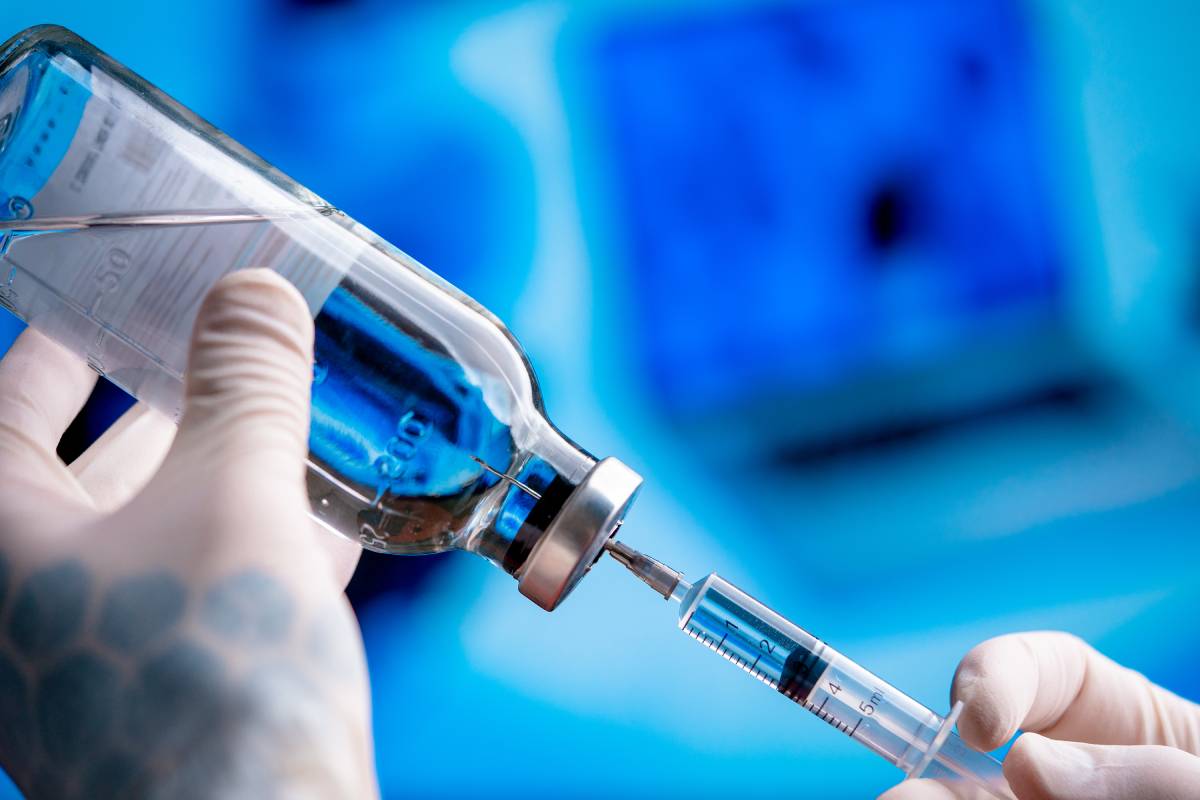Vasoconstrictors – also known as “vasopressors” – are medications which reduce the diameter of one’s blood vessels, consequently elevating blood pressure and increasing the velocity of blood flow. Many commonly used drugs are vasoconstrictors, including stimulants, amphetamines, and antihistamines. This class of medications is often used to treat hypotension or reduce local blood flow. Vasoconstrictors are also commonly used in conjunction with anesthesia during surgical procedures. Restriction of blood flow invokes hemostasis, delaying the absorption of anesthetic agents and therefore prolonging anesthetic effect. Additionally, many local anesthetic agents such as lidocaine cause vasodilation, therefore shortening their own duration and requiring increased administration of the drug.1 By countering this vasodilation with a vasoconstrictive medication, less anesthesia is necessary, thus improving both procedural efficiency and cost-effectiveness. In fact, it is uncommon to administer plain lidocaine without a vasoconstrictor except for extremely brief procedures.
Despite these advantages, the use of vasoconstrictors during anesthesia has become a contentious issue in recent years, for several reasons. Firstly, sulfites are often added to anesthetic mixtures to keep vasoconstrictors from oxidizing. Sulfites are inorganic compounds that are highly implicated in allergic reactions. In fact, it is thought that they might explain the prevalence of reported patient reactions to local anesthesia.2 It therefore may be unsafe for some patients to receive an injection of anesthesia mixed with vasoconstrictors and sulfites. Sulfites are often used as a preservative for fresh fruits and vegetables, so checking for an allergy to these foods may help predict sulfite hypersensitivity.
Additionally, there is a heightened risk of ischemic necrosis in tissue which has been treated with both anesthesia and vasoconstrictors due to prolonged constriction of the vasculature and irritation from the injected solution. The danger is greatest when the anesthetic mixture is localized to an attached mucosa such as a hard palate; therefore, this risk must also be taken into consideration by dentists.3 In this case, it may not be worth it to include a vasoconstricting agent in the anesthetic solution, and other adjustments must be made to ensure analgesia is maintained.
One of the final considerations for administering both vasoconstrictors and anesthesia is the possibility of drug interactions. For example, vasoconstrictors tend to have cardiotonic effects, which may become heightened when taken in combination with tricyclic and monoamine oxidase inhibitor antidepressants, digoxin, thyroid hormone, or any of the sympathomimetics used for weight control or attention deficit disorders. Vasoconstrictors may also be dangerous for patients who are taking illicit stimulants, such as cocaine. Patients who are on these medications or suspected of using illegal drugs should not receive vasoconstrictors alongside their anesthetic, as this may pose a serious danger.
In sum, there are clearly many instances where it may be beneficial to pair vasoconstrictors with anesthesia; however, this certainly is not the case for every patient. Therefore, as with all drugs, vasoconstrictors should only be administered after carefully considering the risks for each individual patient. It may be anticipated that more studies on the efficacy of using vasoconstrictors during anesthesia will continue to elucidate their benefit, or even lack thereof.
References
1. Becker DE, Reed KL. Local anesthetics: review of pharmacological considerations. Anesth Prog. 2012;59(2):90-103. doi:10.2344/0003-3006-59.2.90
2. Schatz M. Adverse reactions to local anesthetics. Immunol Allergy Clin North Am. 1992;12:585–609. doi:10.2165/00002018-199207030-00003
3. Garisto GA, Gaffen AS, Lawrence HP, Tenenbaum HC, Haas DA. Occurrence of paresthesia after dental local anesthetic administration in the United States. J Am Dent Assoc. 2010;141:836–844. doi:10.14219/jada.archive.2010.0281
